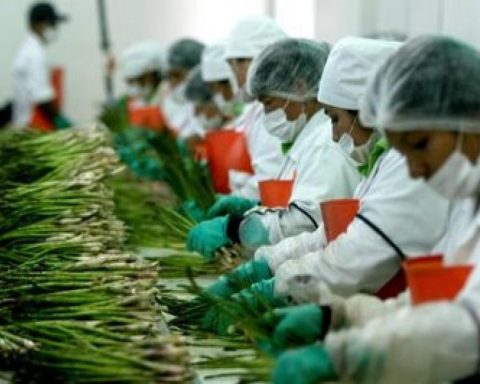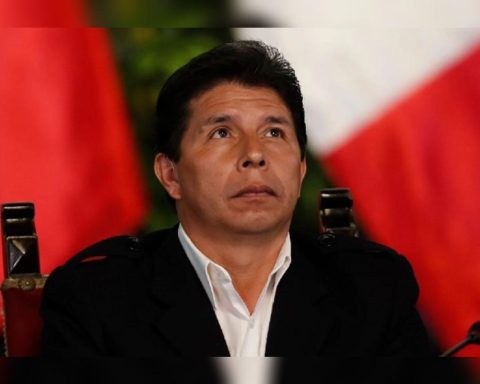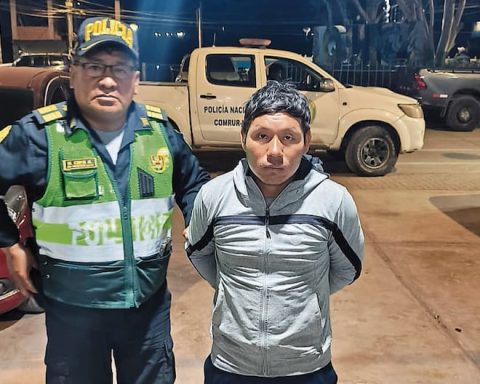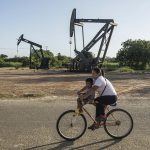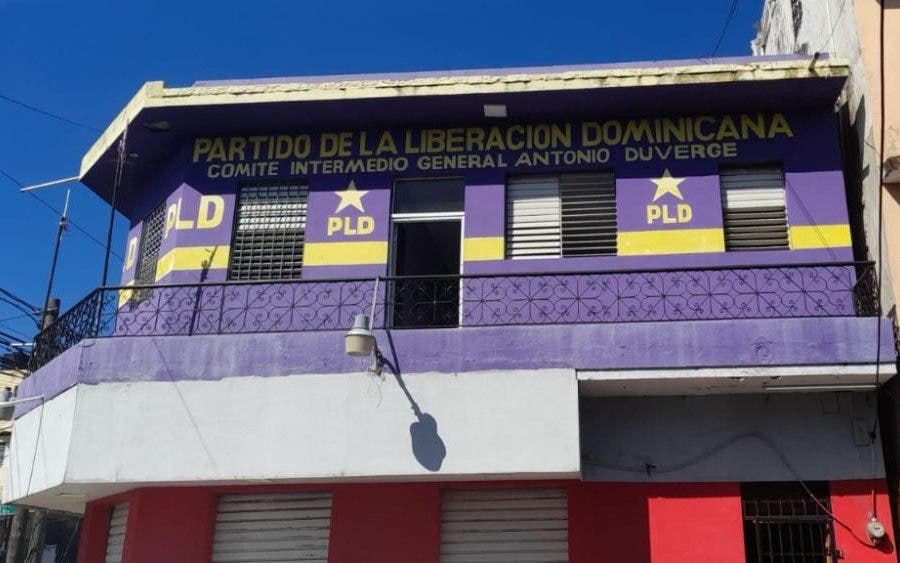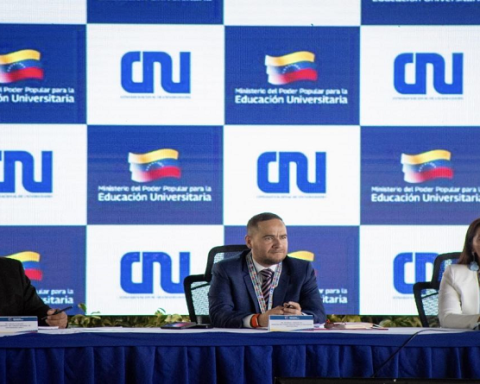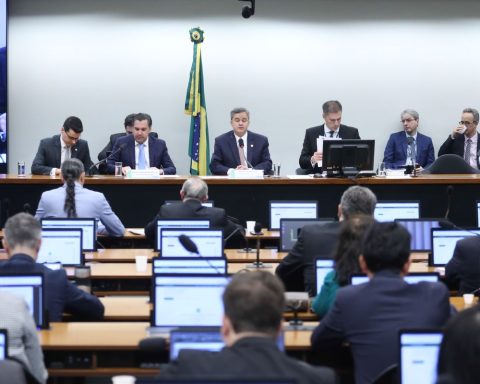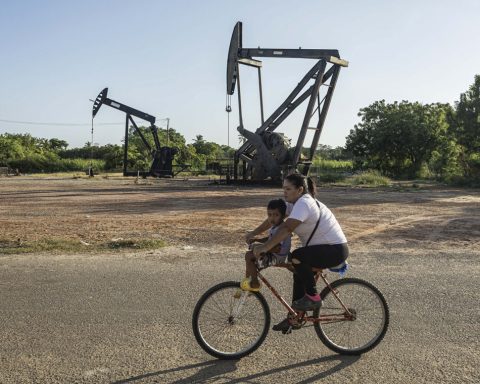We barely make progress. Peru is not only experiencing a moment of political uncertainty, but also of lower economic growth. So much so that the Gross Domestic Product (GDP) increased only 1.68% in August, according to data from the National Institute of Statistics and Informatics (INEI).
In the eighth month, the sector with the lowest performance was fishing, which fell 14.75% as a result of the lower extraction of species of maritime origin oriented to human consumption.
The financial and insurance item fell 8.28%, associated with lower credits and deposits from commercial banks. Meanwhile, mining and hydrocarbons fell 5.01%, due to a negative performance of the production of some metals such as tin, molybdenum, silver, iron, zinc, copper and lead.
The information of the INEI reveals that this year, on five occasions, the mining sector has registered figures in the red. The head of the Institute of Economy and Business Development of the Lima Chamber of Commerce (CCL), Óscar Chávez, told this newspaper that this is due to social conflicts.
“Mining has social conflicts that have slowed down the activity. It may end the year being the only economic sector that does not recover its pre-pandemic levels”, he pointed out.
In addition, he assured that the price of metals has not been taken advantage of, which, although they are not at the levels of the beginning of the year, are still high.
The outlook for this item is complicated if uncertainty continues about what will happen to Quellaveco, since it is pending to know what will happen to the water permits obtained by the company.
The Central Reserve Bank (BCR) estimates that a stoppage of this project could mean 0.3 percentage points less growth for this year.
For the representative of the CCL, the negative impact of a possible stoppage would also impact in 2023.
“It is unfortunate that at the stage we are in, the government has not known how to deal with a social conflict. We have missed the opportunity to grow more,” he explained.
JOB
Yesterday, the INEI revealed that, in the third quarter of 2022, the employed population in Metropolitan Lima amounted to 4,982,900, which meant a growth of 1.1% compared to 2019 and 7% compared to 2021.
Despite this result, the properly employed population still registers levels below the pre-pandemic, with a drop of 8.1% compared to 2019.
Unemployment, meanwhile, is also above three years ago, with a participation of 7.7%. Before COVID-19 the rate was 5.8%.
In this regard, labor activist Ricardo Herrera detailed to Peru21 that, as long as the country continues to have such low growth figures, it will not be possible to generate formal employment.
“To create formal employment, it is necessary to grow 5%. Now what is growing is precarious work,” he said, noting that in 2023 young people will be the most affected since “250,000 kids leave school and half are looking for work because they don’t have enough to pay for higher education.”
RECOMMENDED VIDEO
:quality(75)/cdn.jwplayer.com/v2/media/1viNN9f1/poster.jpg)

